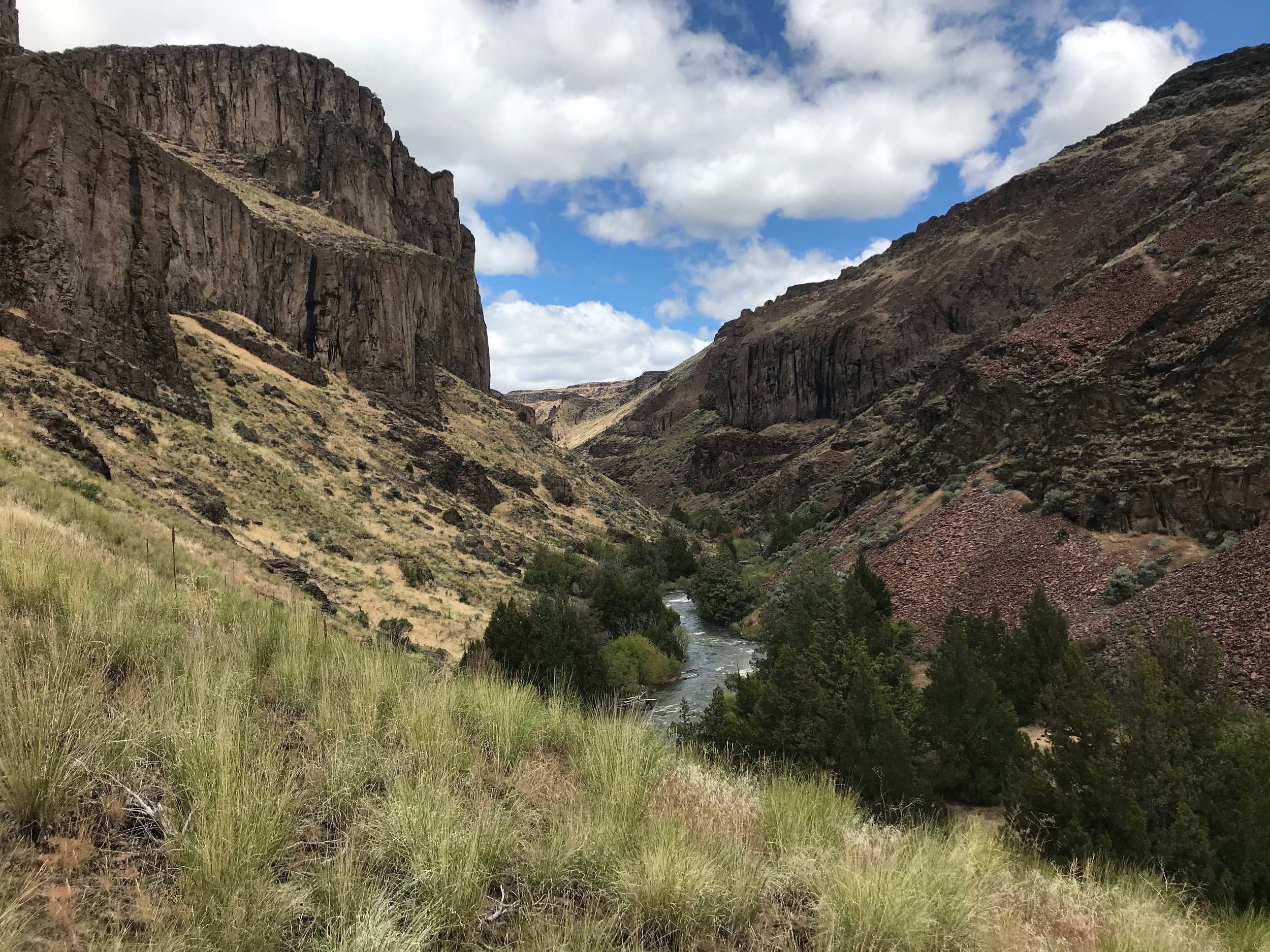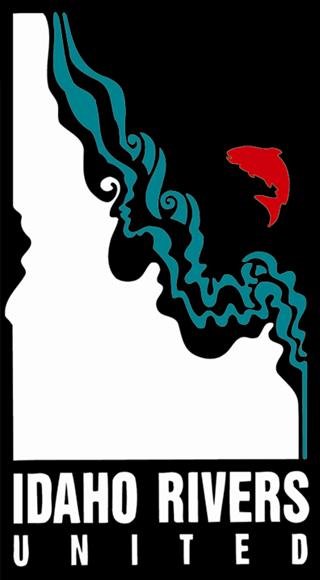
‘Snake River Salmon Initiative’ Public Survey Opportunity
Little Goose Dam on the lower Snake River.

Tell Northwest elected leaders to recover wild salmon in 2022
The Governor Inslee and Senator Murray Process and survey.
In October 2021 Governor Jay Inslee and Senator Patty Murray announced a joint federal-state process to determine whether there are reasonable means for replacing the benefits provided by the lower Snake River dams (LSRD), sufficient to support dam breaching as part of a salmon recovery strategy for the Snake River and the Pacific Northwest.


The Klamath & the Snake River: dam removal by example
The push to remove four dams on the Klamath River in northern California cleared another hurdle in early March when the Federal Energy Regulatory Commission (FERC) released a report that outlined the benefits dam removal would have for the river’s salmon.


Columbia Basin Initiative- One Year Later
This February marks the one-year anniversary of Congressman Mike Simpson’s Columbia Basin Initiative, a framework for salmon recovery, investment in infrastructure, and clean energy development across the Northwest.

Good news for the Jarbidge River and bull trout
The mining company Newcrest Mining Limited will end their gold exploration drilling program (approved in 2020) in the headwaters of the Jarbidge River and complete reclamation during the upcoming 2022 season.

Calling all Idaho river guides!
Sign up for IRU’s Wild & Scenic Stewardship Guide Education Program for 2022!

The Hydropower Myth, Part II; Is Hydropower as 'Green' as Promised?
Enormous releases of greenhouse gas emissions, species decline and extinction, and habitat fragmentation. While you’d be right if you assumed these were characteristics of fossil-fuel plants that have had devastating impacts on our planet, you might be surprised that these are also representative of the Hydrosystem.

IRU Member Highlight: Tricia Matthews
IRU Member Highlight: Throughout the year we will be highlighting different Idaho Rivers United members, from folks who have been with us since the beginning (32 years!) to brand new members. This month, we are excited to highlight Tricia Matthews, IRU member since 2018!

Help Restore Cold Water Fisheries in the Priest River
The Priest River in northern Idaho has suffered for decades due to management practices that disregard the health of the river system. The outlet dam on Priest Lake was constructed in 1950 to maintain the lake level, and each summer the dam creates artificially low stream flows and warm temperatures on the 44 miles of the Priest River from the lake to the confluence with the Pend Oreille River.

Selenium Standards in the Kootenai River
Years of collaborative research and discussion between scientists, stakeholders, and decision makers culminated last year with Montana adopting a more stringent selenium pollution rule for the Kootenai River and Lake Koocanusa. The effort to establish stronger selenium limits has long been led by the Confederated Salish and Kootenai Tribes, the Kootenai Tribe of Idaho, and the Ktunaxa Nation Council. Canadian coal mining company Teck Resources, whose operations are responsible for the high levels of selenium in the river, recently petitioned to overturn the new limits.

IRU 2021 Awards: Celebrating outstanding supporters that further IRU's work & mission
Each year, IRU’s annual awards recognize outstanding members, supporters, businesses, and partners that further IRU’s mission and work. We are excited to present to you the 2021 award recipients!

Reflections from the Main Salmon IRU Conservation Trip
This summer, I was fortunate to be the Idaho Rivers United staff representative on our Main Salmon IRU raft trip. For five glorious days, I was able to immerse myself in the river and reconnect with the “why” behind IRU’s conservation efforts

Columbia Basin Collaborative Meeting Recap
The Columbia Basin Collaborative’s (CBC) Integration and Recommendations Group held its first official meeting late last month virtually over Zoom. This was the first of a year-long series of meetings focused on regional salmon recovery that originated from a four-state agreement signed last fall.

Myth of the Hydrosystem Series: Part 1 of 3
The historical record of dam building in the US shows that dam malfunctions and failures are a frequent occurrence. Dam failures that result in an uncontrolled release of water average 10 per year, and while you may attribute this to old technology, the decades with the greatest number of failures were the 1990s, 2000s, and 1970s.

2021 Salmon Run Recap: Warm Water Spelled Trouble for Migrating Fish
In 2021, Idaho’s salmon and steelhead returns continued to follow the declining population trends of the last few years, resulting in another year of very low abundance.

Create a gift today for lasting impacts tomorrow
We invite you to review several opportunities for you to invest in Idaho Rivers United’s mission with a lasting gift. Planned gifts provide funding for our mission today and into the future.

What happens to fish populations when dams are removed?
Science has consistently demonstrated for three decades that removal of the Lower Snake River Dams is imperative to save Idaho’s wild salmon populations. But what actually happens to fish populations when dams are removed? What do dam removal projects on other rivers show us about how anadromous fish populations respond to this event?

Army Corps Required to Limit Hot Water Pollution from Lower Snake Dams
In September the EPA issued discharge permits to the Army Corps of Engineers that will limit hot water and oil pollution stemming from the four Lower Snake River dams. This is a significant step in the effort to cool down river temperatures that are lethal to migrating salmon and steelhead, and a culmination of IRU’s work over the last 30 years to hold dam operators accountable to the Endangered Species Act.

